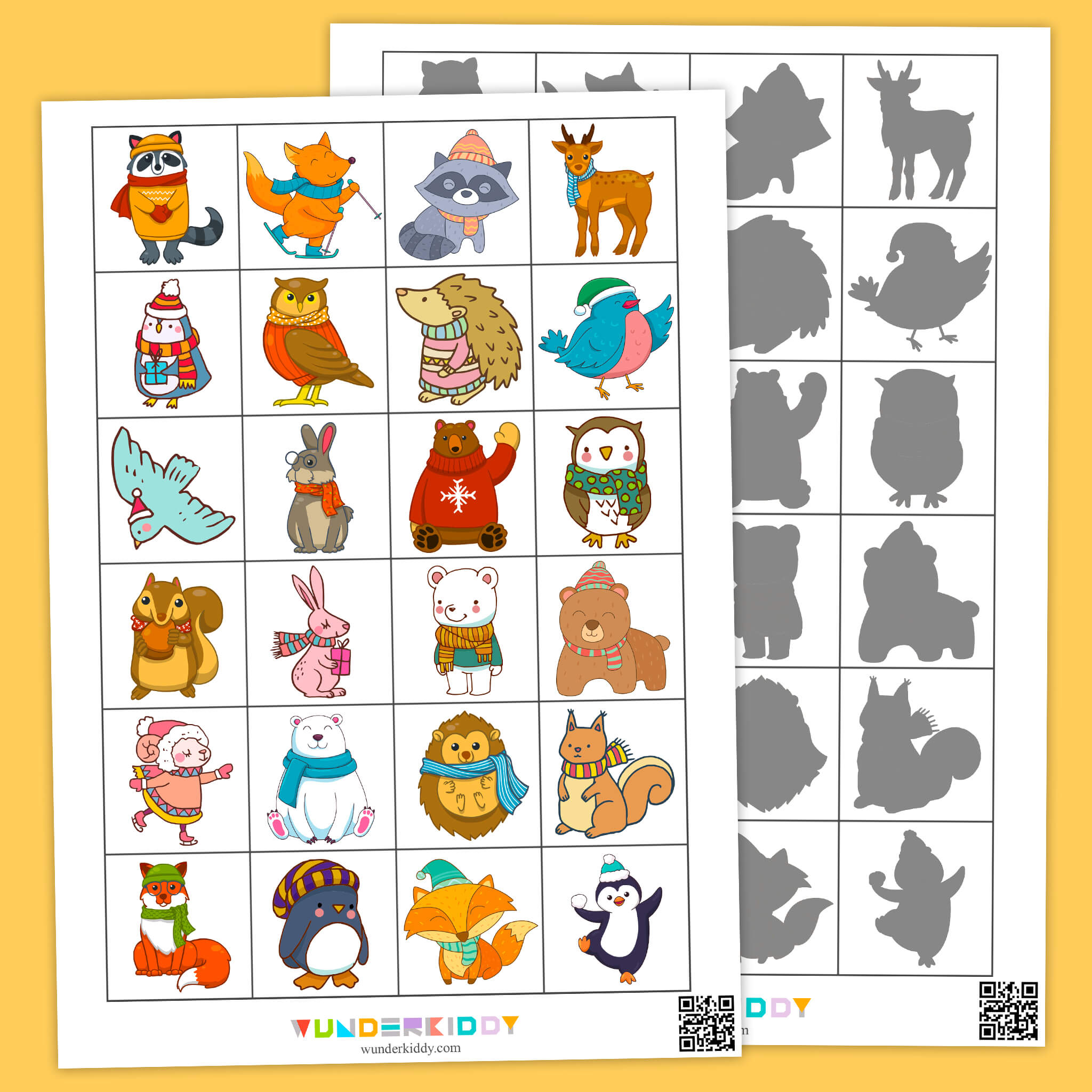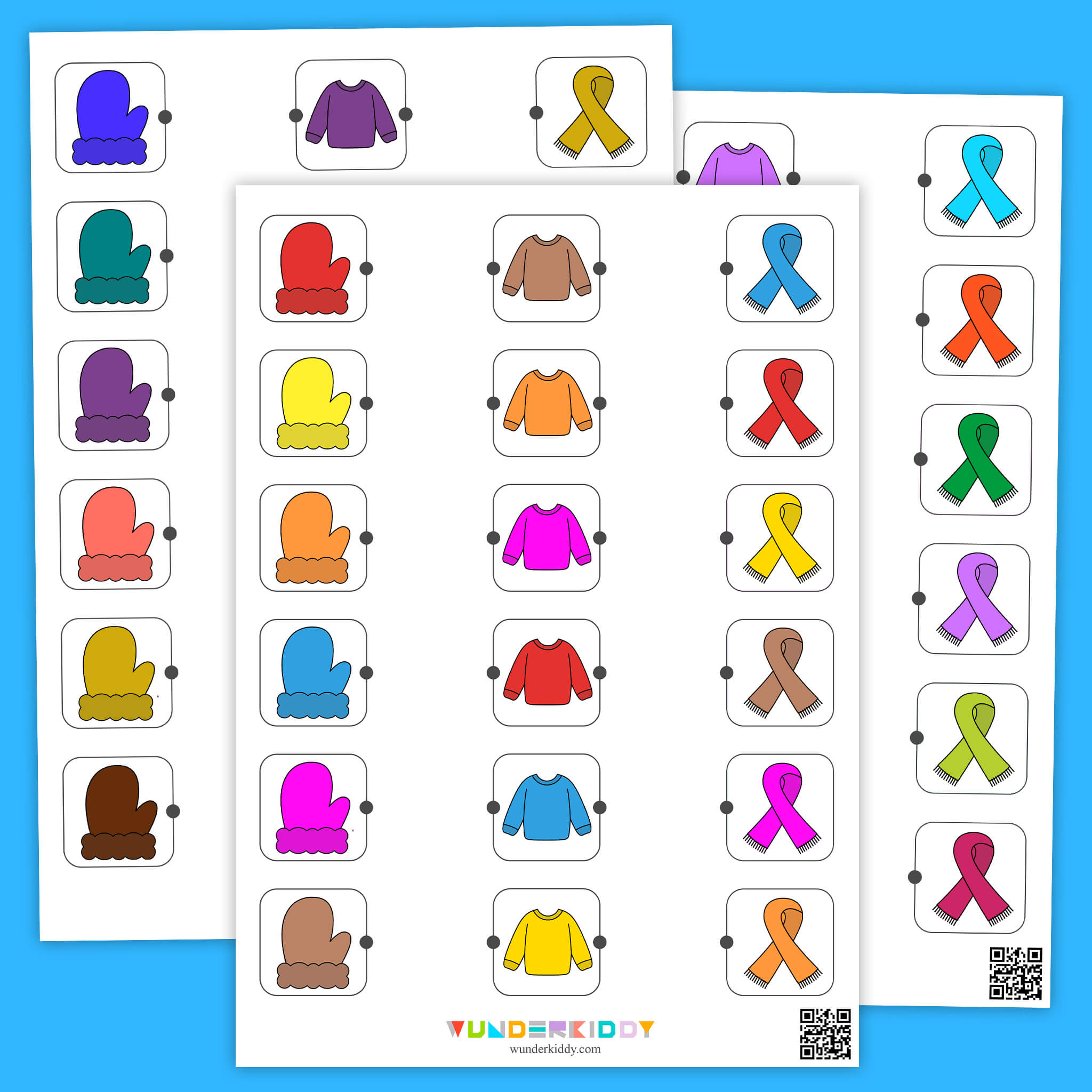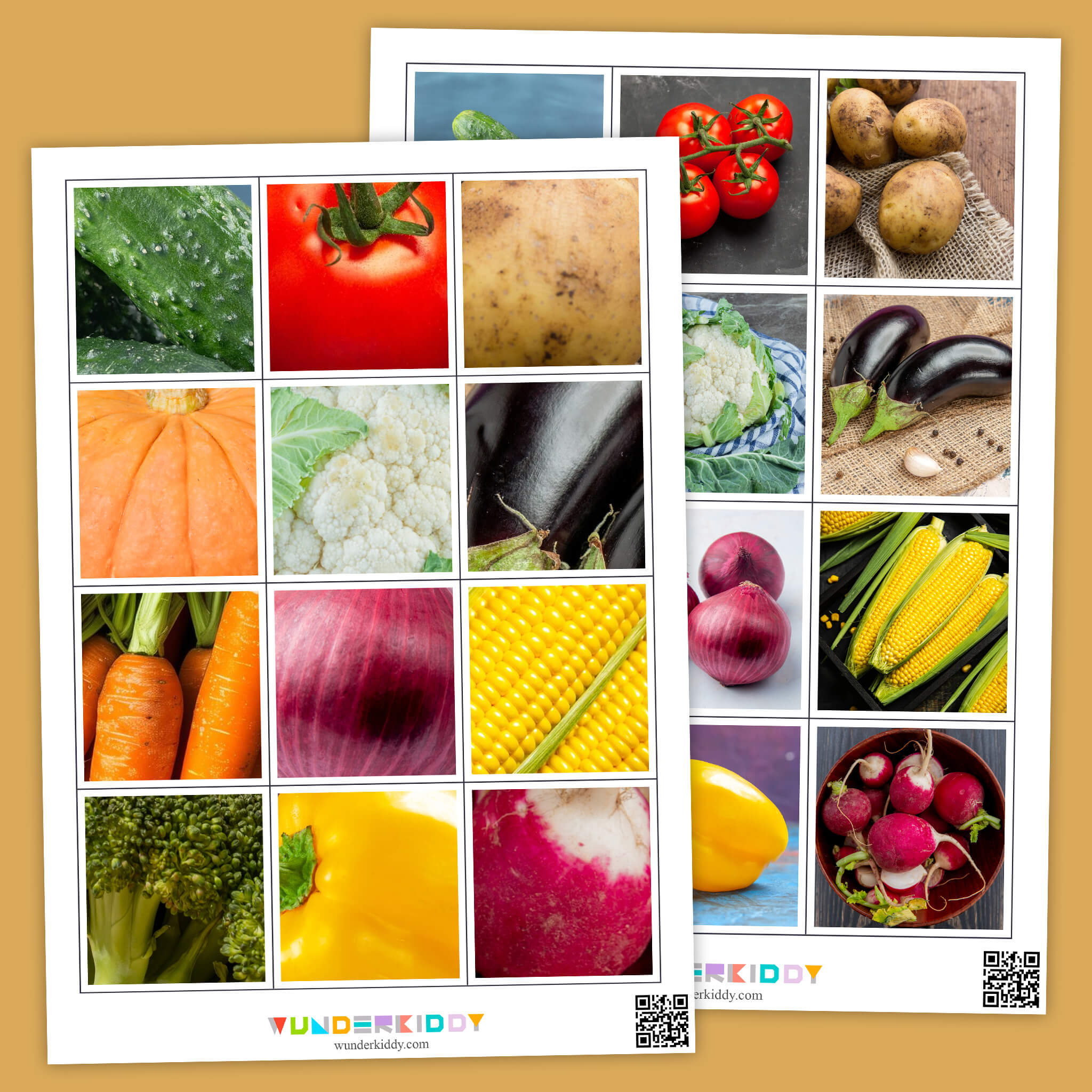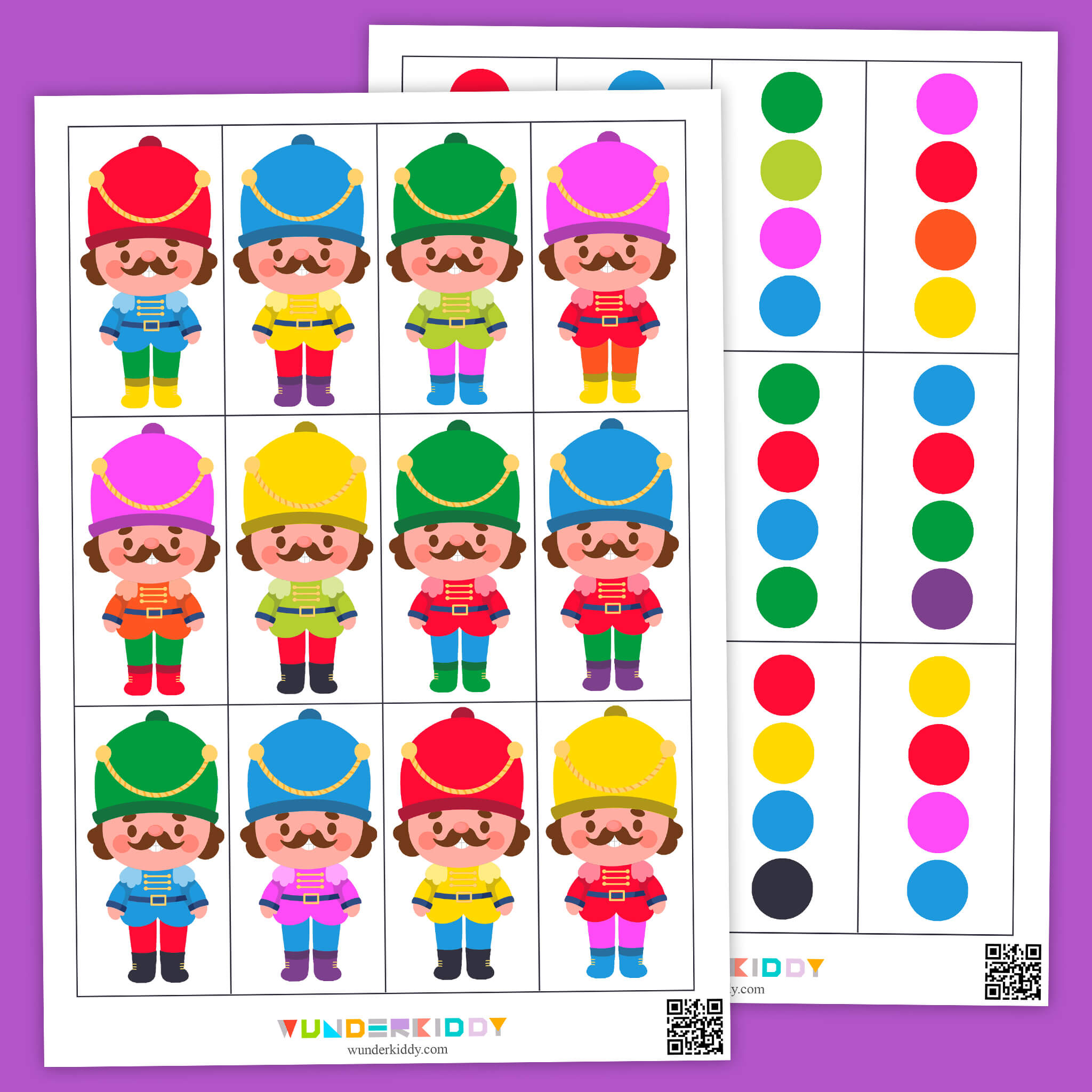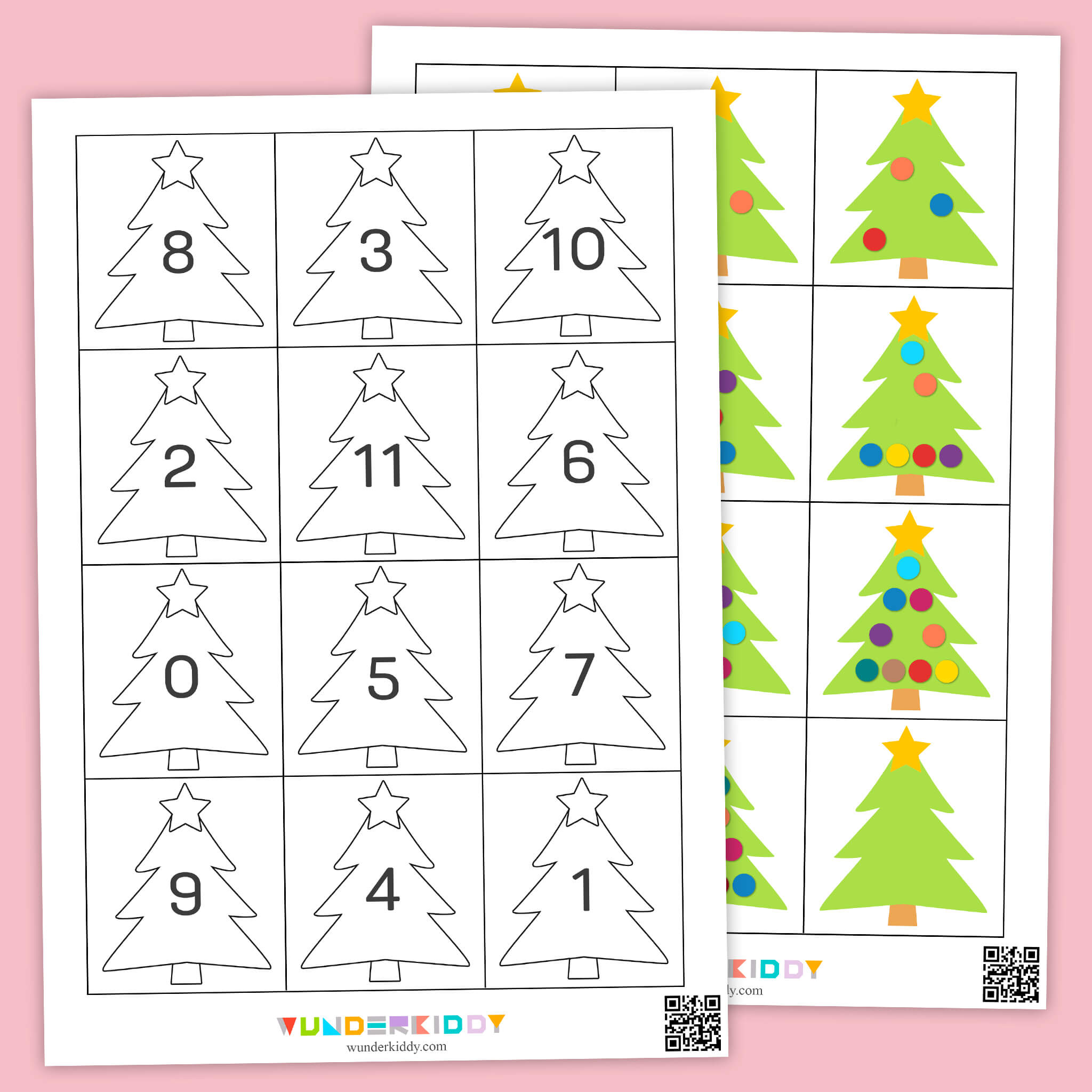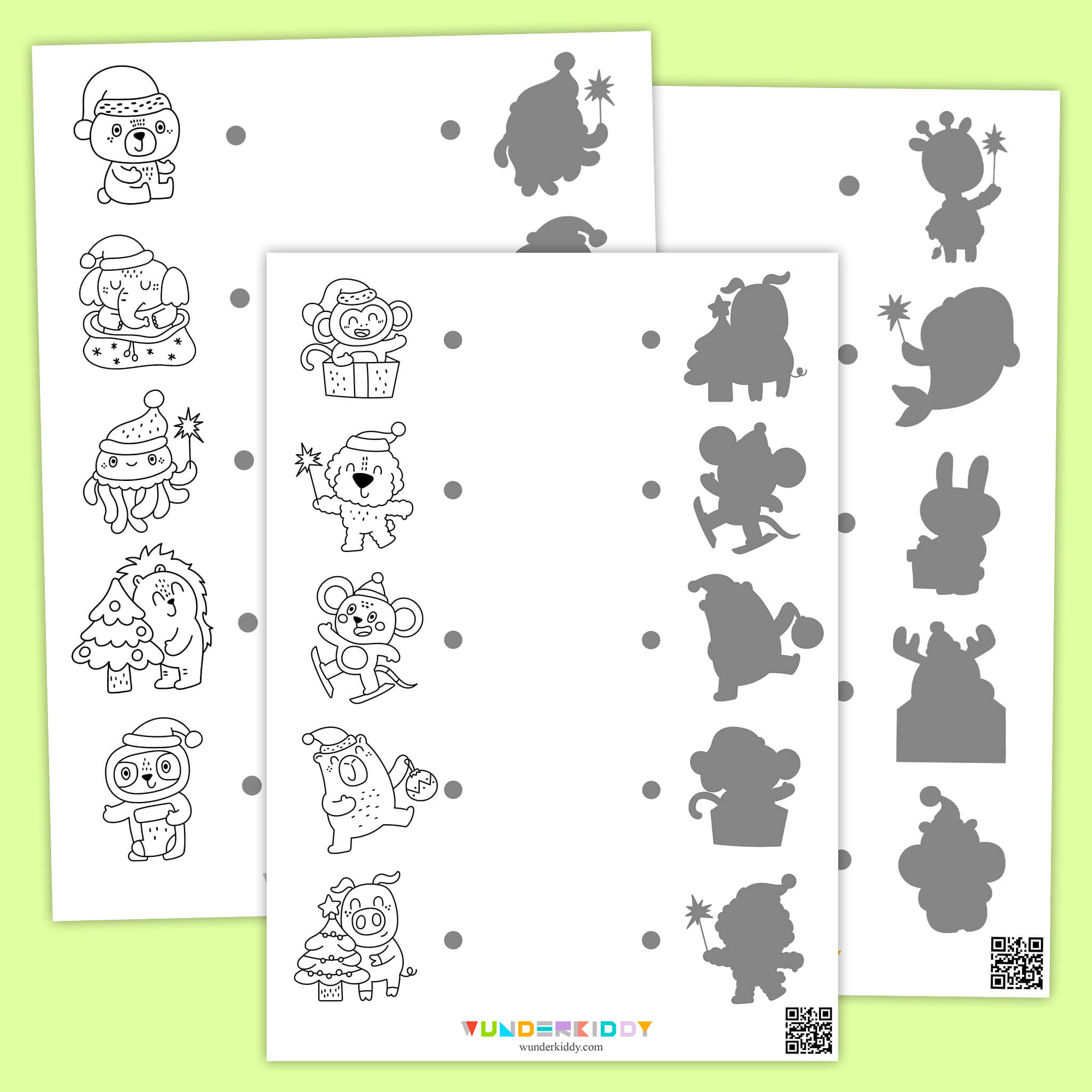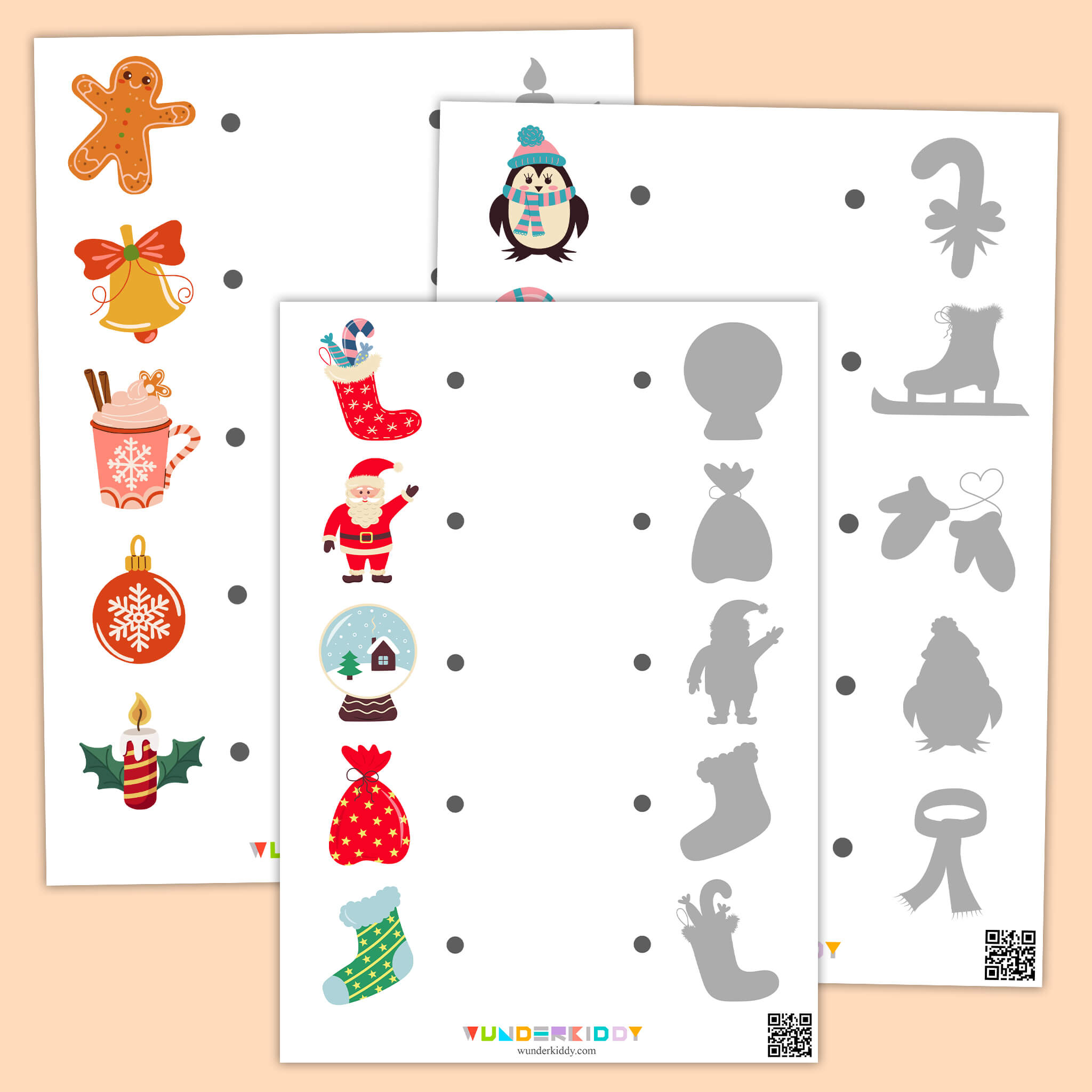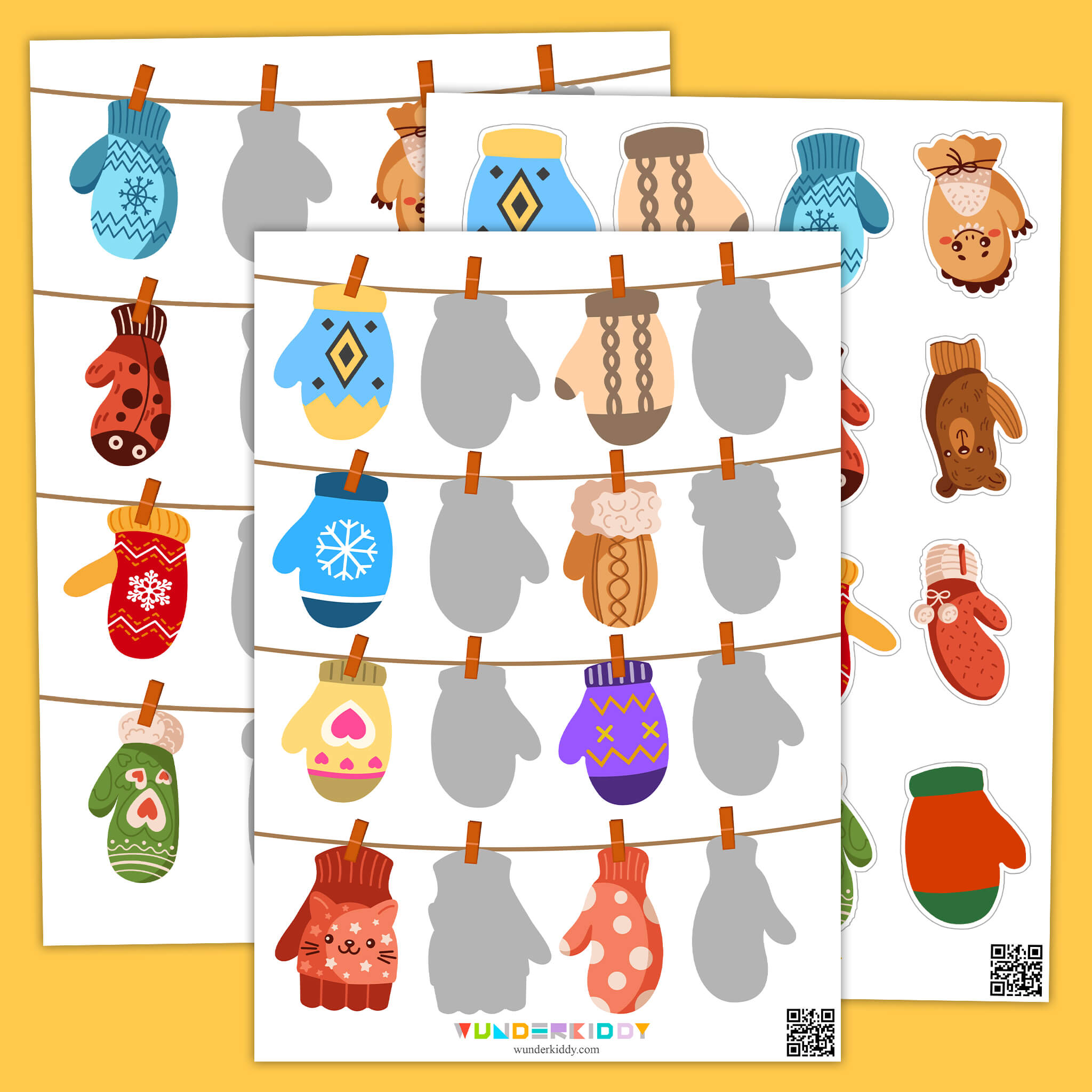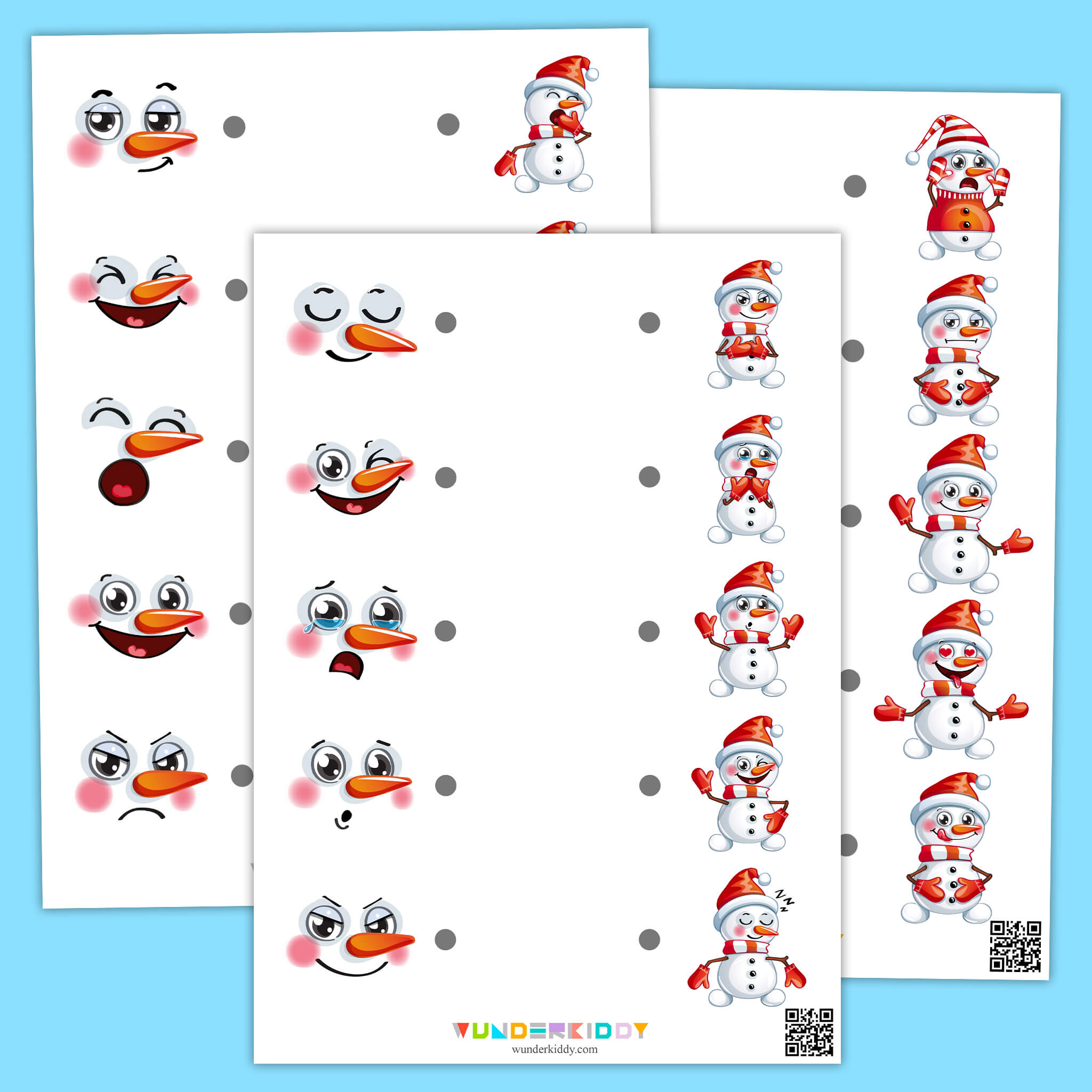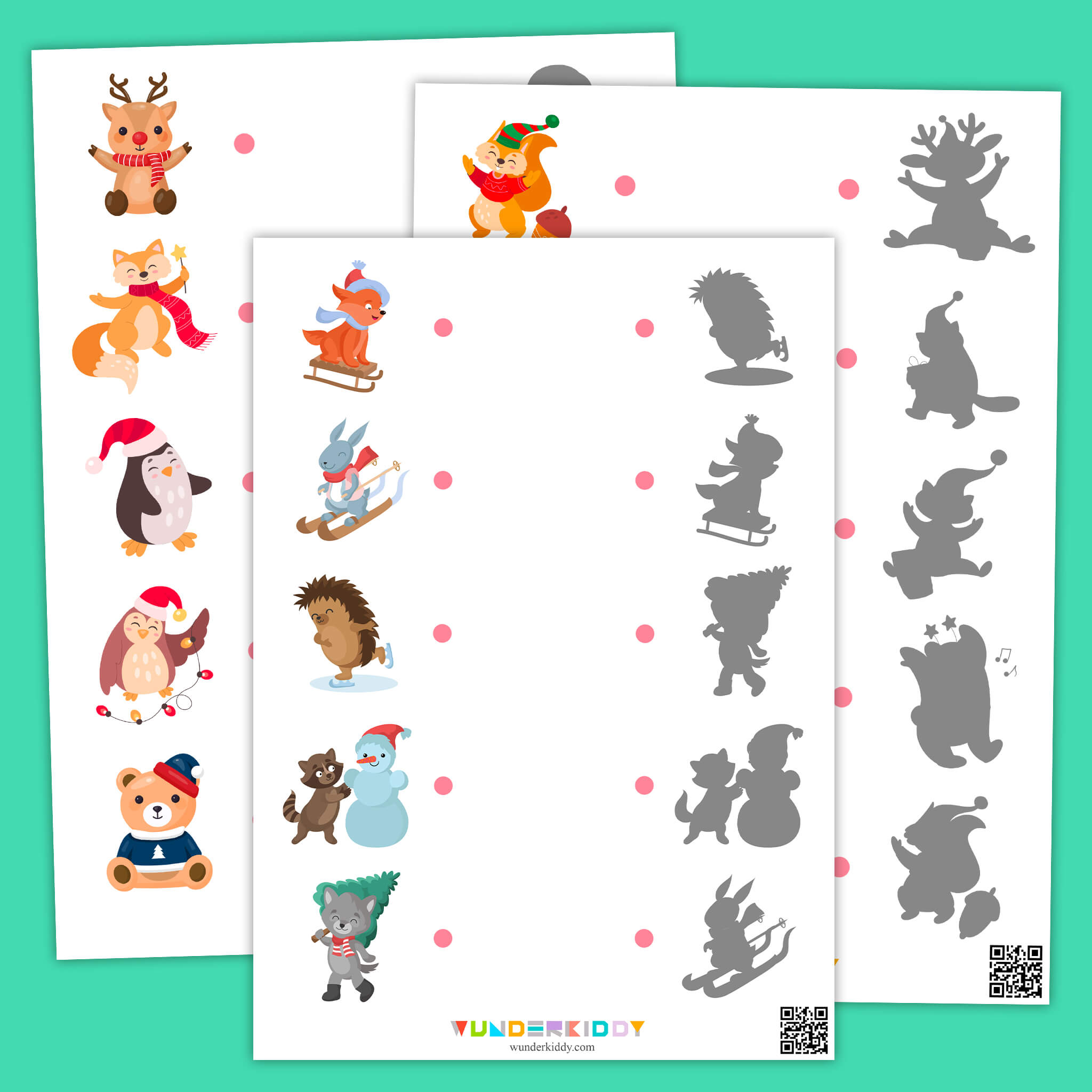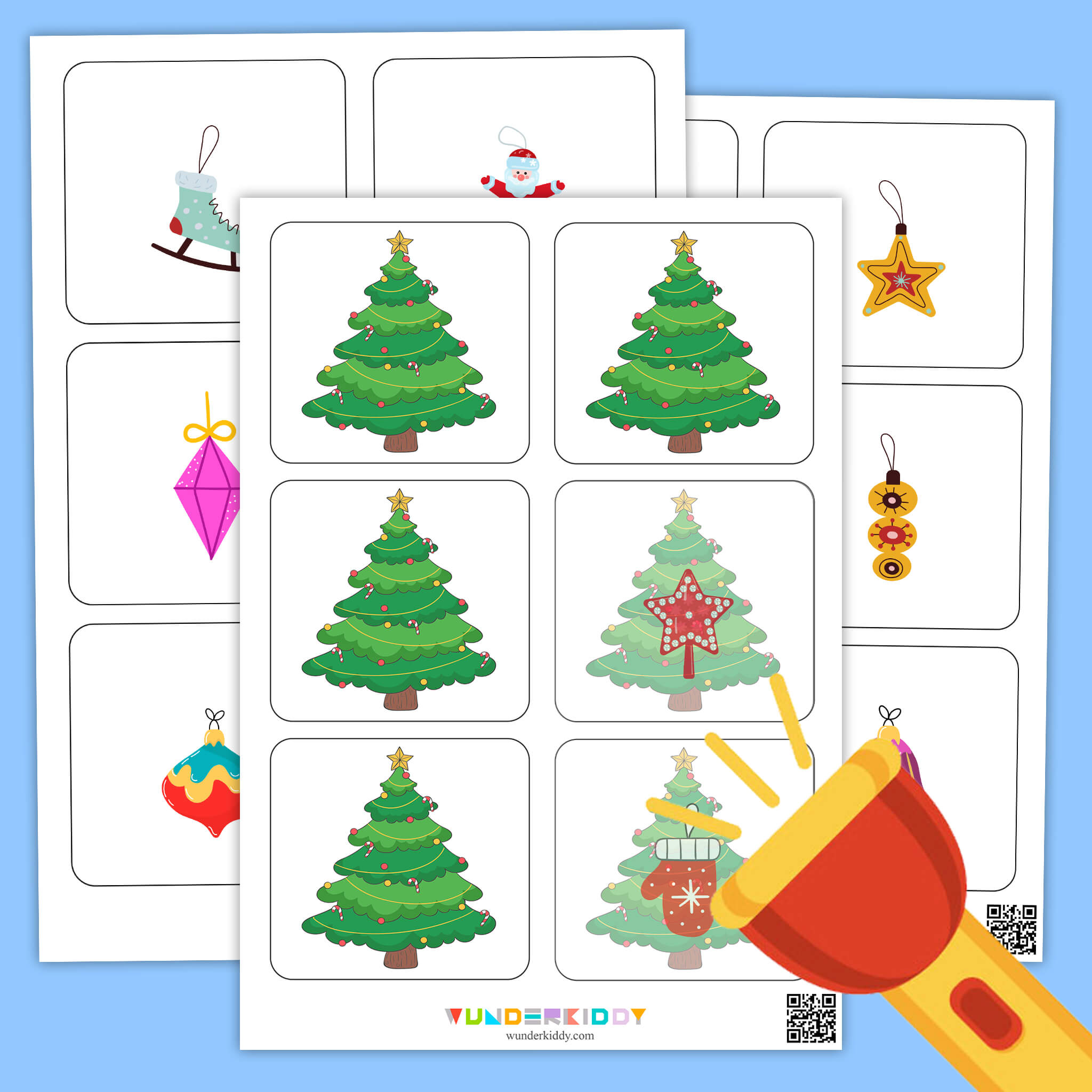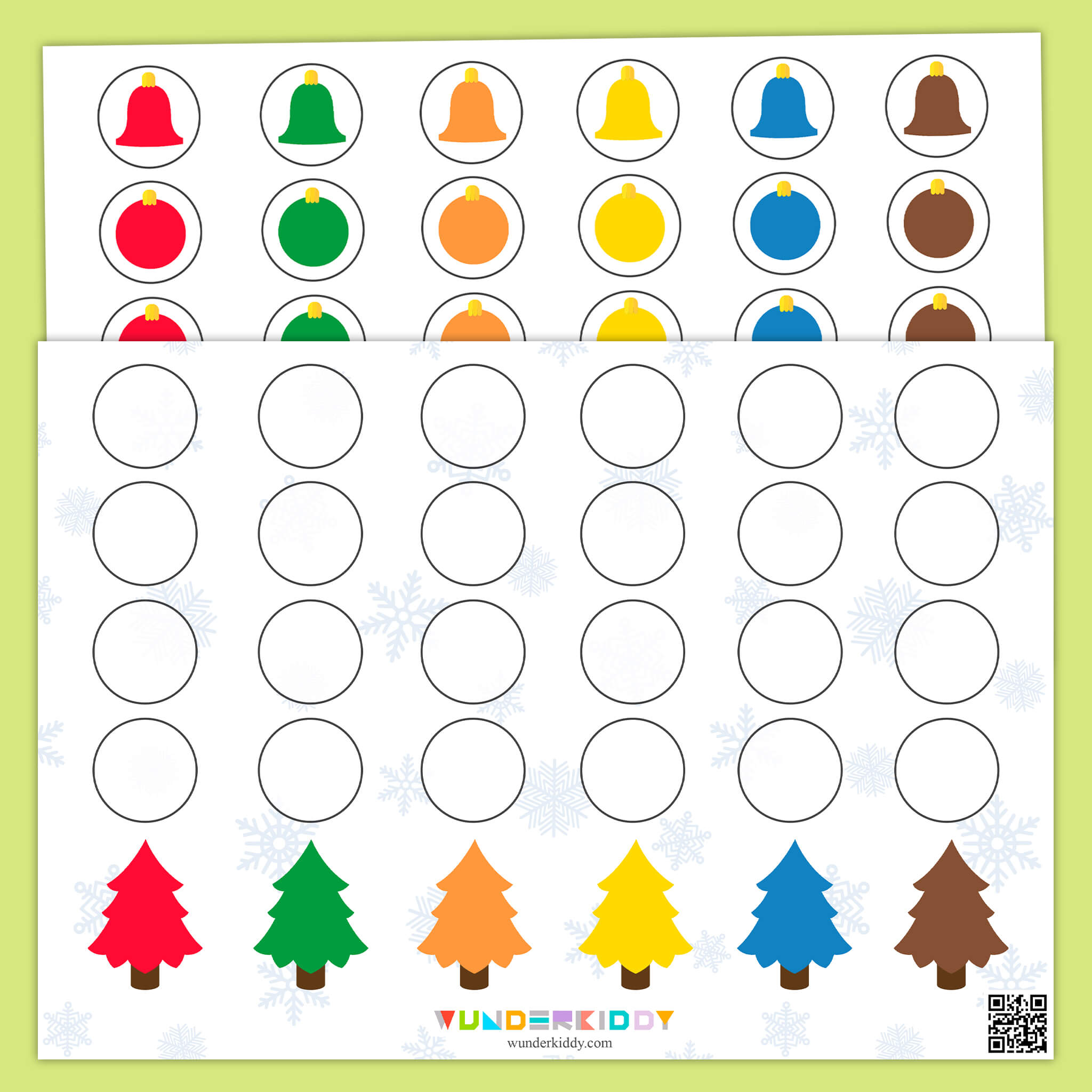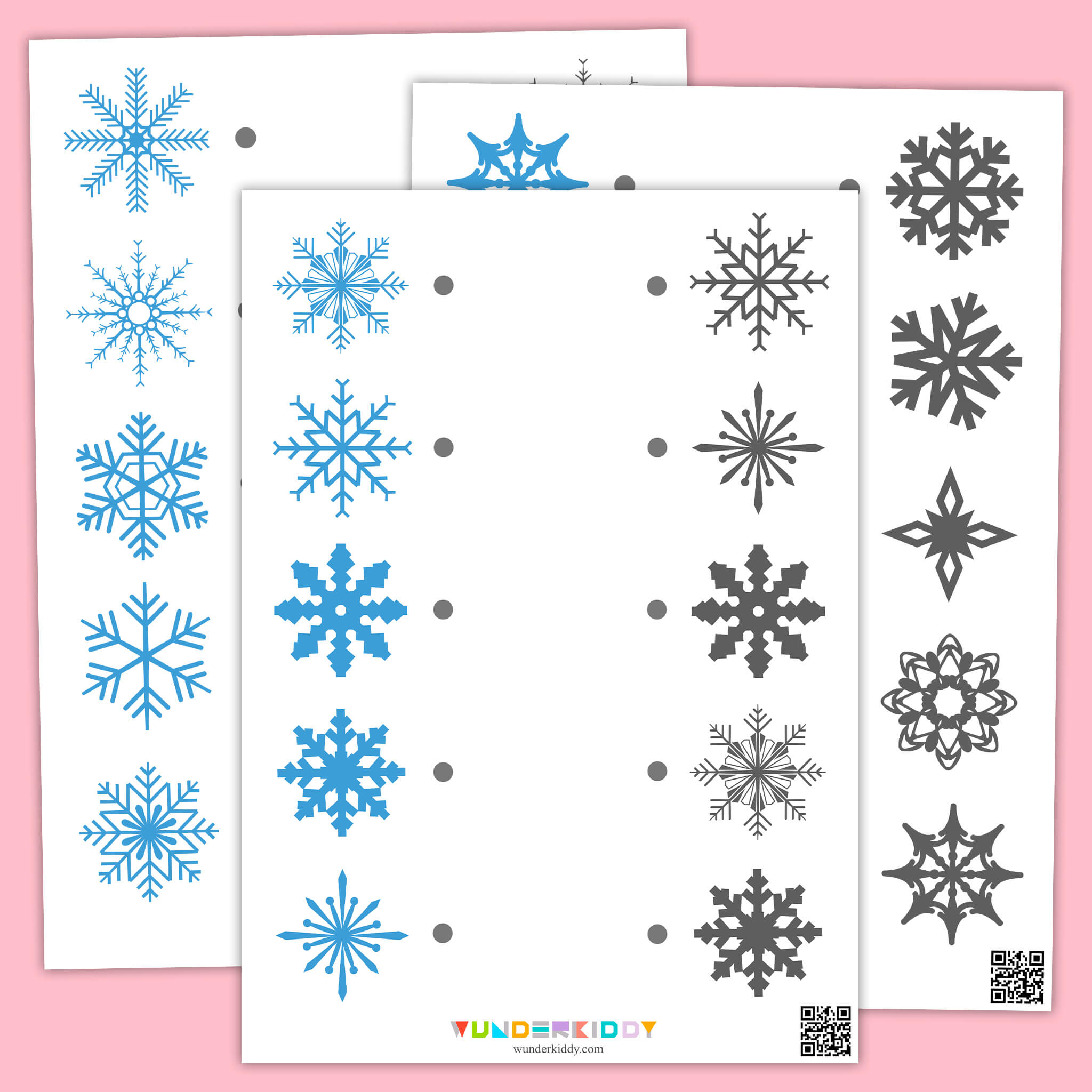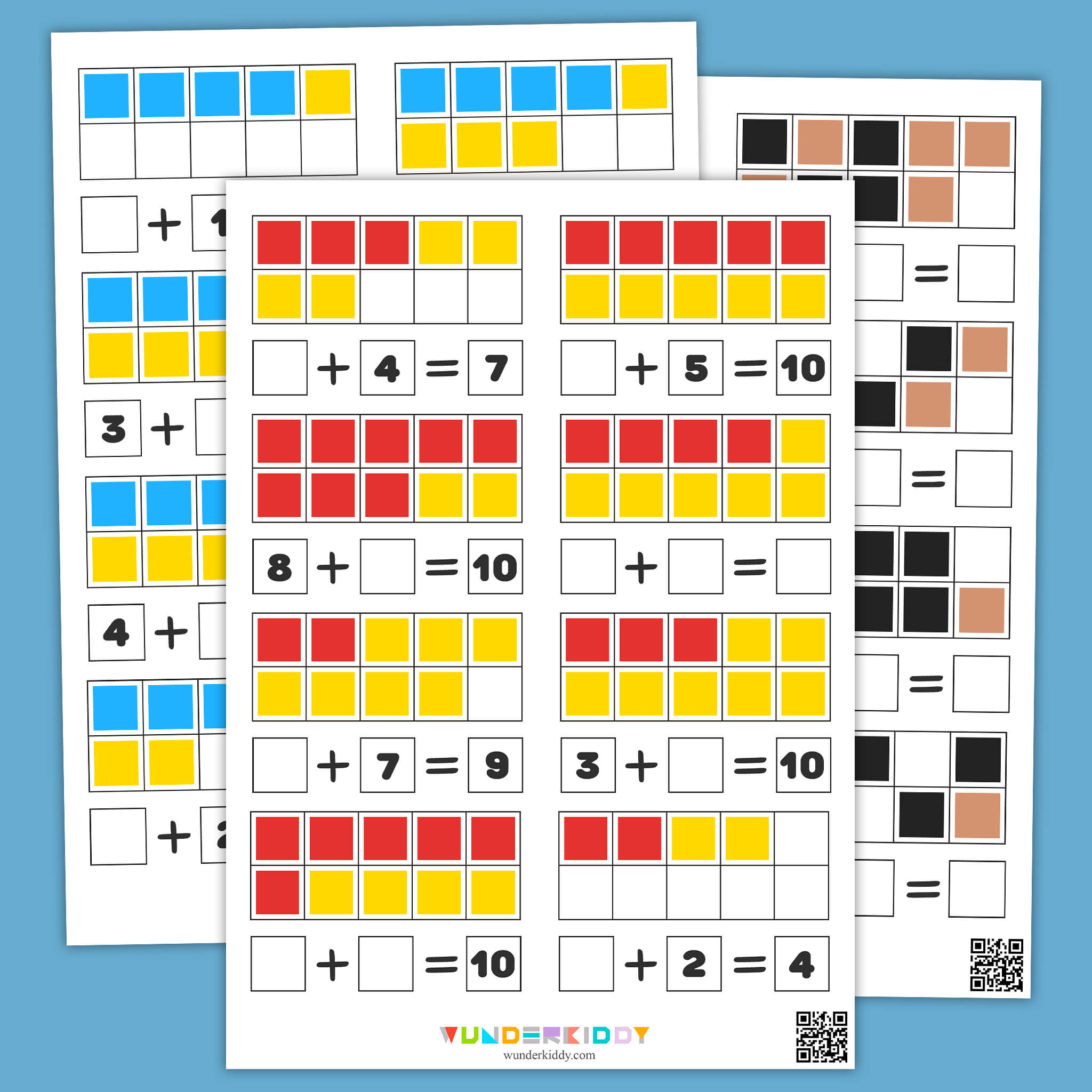Visual Perception Worksheets
FilterVisual perception is a fundamental kids skill that must be developed from an early age. The ability to perceive information visually enables children to recognize, analyze, and interpret. This skill is useful for recognizing shapes, colors, letters, and numbers; orienting themselves in space; and understanding how surrounding objects interact with each other.
For preschoolers, developing visual perception skills with printed materials is the basis for cognitive and creative development. At an early age, children learn mostly by watching the world around them, so we suggest printing activities that focus on visual perception for toddlers from the youngest age.
How to help toddlers and preschoolers develop their visual perception and memory
Children who can picture things in their minds find it easier to understand what they see. Preschoolers can learn to write, read, and solve math problems thanks to a developed visual processing skill. Parents should regularly train their children's visual recognition skills. Visual-spatial skills are complex and require time to exercise and improve.
Early child development with visual processing activities helps kids adapt to the learning process in the future. On WUNDERKIDDY website you can print free printable visual perception activities for preschoolers to use at home or in a kindergarten setting. These visual perception activities are in the form of games that help children improve their visual discrimination skills.
With the help of fun visual attention exercises in the form of games, kids will learn:
- To identify and name colors and shapes (geometric figures).
- To compare things that are alike and things that are not alike.
- Look for patterns and determine sequences.
- Use the space on a sheet of paper rationally, which will become the basis for writing and drawing.
Visual scanning exercises help children learn by playing and improve their thinking skills:
- The skill of comparing objects that are similar or different.
- The skill of sorting objects based on a common characteristic, such as shape, size, or color.
- Attention to fine detail and visual attention.
- The ability to visually memorize pictures, letters or numbers.
- All of these skills will be useful to the child not only during learning, but also in everyday activities. It will be easier for your preschooler to put away his or her toys, pack a backpack, or navigate on the streets.
Printable materials for improvement of visual perception in children ages 1-6
Printable visual tracking activities are an effective and simple way to help your child learn through play with bright, colorful pictures. Children can work on these tasks with their parents or independently, such as pairing items, sorting cards, circling items, or drawing. The visual identification activities teach children to focus on details, analyze information, and think logically.
The most popular visual perception exercises are:
- Find the right shadow. For this type of task, carefully analyze the shapes of the objects and find a suitable shadow, or recognize the object by its silhouette.
- Mirror reflection. Children need to compare images and find the symmetrical ones.
- Match an object by shape or color. They are asked to identify the characteristic feature of each object and match it with a shape or color. For example, a ball is round, and the sky is blue.
- Finding the way in a maze: On a worksheet with a maze, children need to find and draw a line along the correct path.
- Simple puzzles or picture halves are also helpful. Young children will benefit from simple, printable puzzles with two or four pieces.
- Continue the row. These logical chains contribute to training visual analysis of images, as children need to analyze a number of objects and identify their pattern.
- Printed sorting games and Velcro games are most suitable for toddlers. With these games, children learn to identify the common features of the object on the worksheets or game cards.
On the WUNDERKIDDY website, you can print free visual perception games and worksheets to help develop kid's visual perception. Each visual discrimination exercise is designed based on pedagogical experience, methodological recommendations, and children's preferences. Regular lessons at home or in a preschool setting will help improve not only visual analysis skills, but also other important skills in toddlers and preschoolers.
Ways to Engage Your Child in Learning Through Printed Materials
Preschool children learn more effectively when they are interested in the learning process. Even high-quality, colorful educational materials are useless if the child is not motivated to learn. It is not always easy to make developmental activities exciting for preschoolers, so we offer non-standard ways to perform educational tasks with children up to six years old.
- Story games. Use your child's favorite toys to create a fairy tale that requires them to complete a challenging written task. You can base the story on a favorite fairy tale or cartoon, in which your child helps the main characters solve a logical riddle or decipher a code.
- Role-play. Invite your student to be your «teacher» and explain how to complete a task. The child should check your work, offer hints, and explain the rules of the game. In the process, your preschooler will complete the task and develop self-confidence.
- Time limit. It will transform a developmental activity into a competition and engage your child. With a timer, you can focus on your child's small successes and praise him or her, which will motivate to succeed regularly.
- Surprise games. Print several educational games or worksheets from our website and place them in envelopes or small boxes. Turn the learning materials into «treasures» and invite your child to find and solve the hidden riddles. This adventure will make your class interesting and help engage students in any task.
- Cooperative games. You can involve the whole family in learning activities and perform simple and complex tasks together, discussing the process and sharing emotions.
Why is everyday learning important?
A child's world in the early preschool years is full of new experiences, exciting adventures, and strong emotions. Children learn about the world around them and make their first discoveries through visual perception. Using printed games to help children develop their visual perception can improve their overall development and help them improve other skills, such as thinking, memory, fine motor skills, and logic.
On the WUNDERKIDDY website, you can print out a large collection of visual perception activities for children and templates to create visual discrimination games to make learning fun. The printable visual perception worksheets are recommended for kids from 1-year-old upwards. They range from the simplest cards to complex logic games.
You can print out hundreds of colorful visual scanning games to help your child become an attentive and confident student. Play, learn, develop, and feel positive emotions from activities with WUNDERKIDDY printables.
